The Live Album
We pretty much cover studio albums exclusively at Classic Rock Review and will continue to do so with the exception of the few studio/live hybrids that we explore later in this article. […]
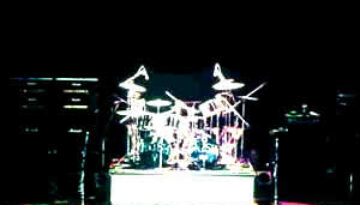
We pretty much cover studio albums exclusively at Classic Rock Review and will continue to do so with the exception of the few studio/live hybrids that we explore later in this article. […]
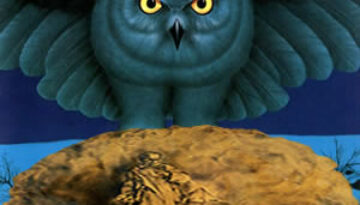
Buy Fly By Night Buy Caress Of Steel 1975 was the year when Rush truly became Rush with the first recordings following the arrival of drummer and lyricist, Neal Peart. During the course […]
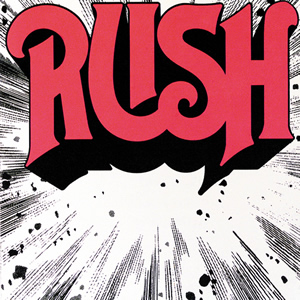
Buy Rush Rush burst onto the international scene in 1974 with an energetic and entertaining debut album. The only album to feature drummer John Rutsey, this self-titled album is also unique in the […]
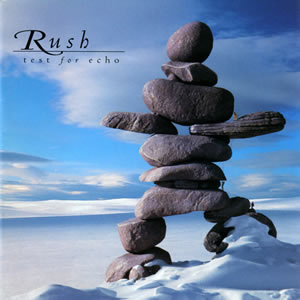
Buy Test for Echo Rush evolved from the synth-drenched style of previous albums with the 1996 release, Test for Echo. The musical style delivered by the Canadian trio hearkens back to the hard […]
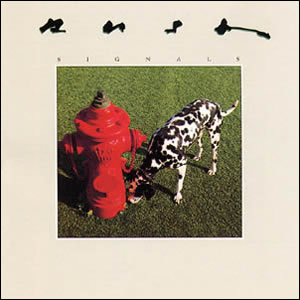
Buy Signals Signals was the much anticipated ninth album by Rush, as it followed up the blockbuster 1981 album Moving Pictures. This album would be the first where they would depart from the […]
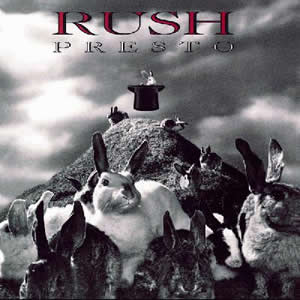
Buy Presto For all the musical complexity that Rush has shown over the years, it is absolutely amazing how much they can do with simplicity. On Presto, their thirteenth studio album released in […]
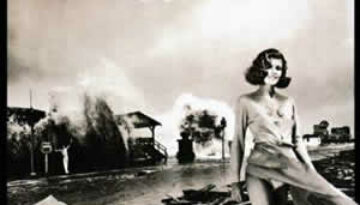
Buy Permanent Waves On the very first day of the new decade, Rush launched an evolved sound for the 1980s with Permanent Waves, their seventh studio album. The group approached this album differently […]
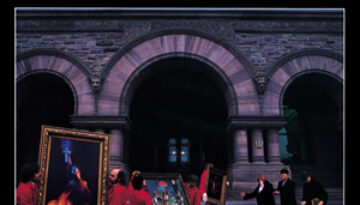
Buy Moving Pictures Since the arrival of drummer Neil Peart in the summer of 1974, Rush had produced six consecutive quality albums rock albums, up to and including Permanent Waves in 1980. Then […]
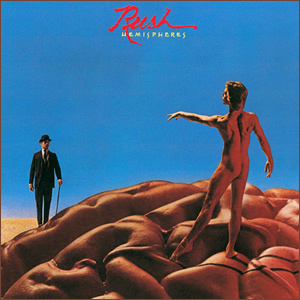
Buy Hemispheres Hemispheres, the sixth studio album by Rush, was the second straight album recorded in the United Kingdom. It also contained the second half of a multi-album concept called “Cygnus X-1”, which […]
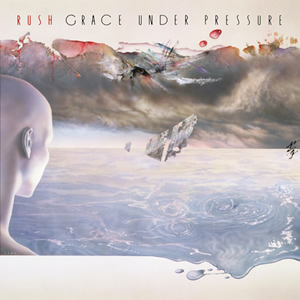
Buy Grace Under Pressure For their tenth studio album, Grace Under Pressure, Rush brought in producer Pete Henderson, after employing Terry Brown for eight consecutive studio albums, dating back to Fly By Night […]